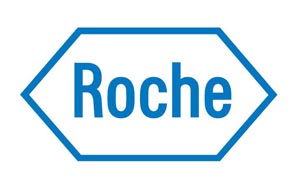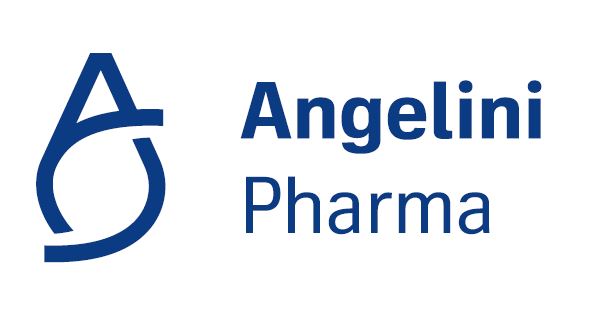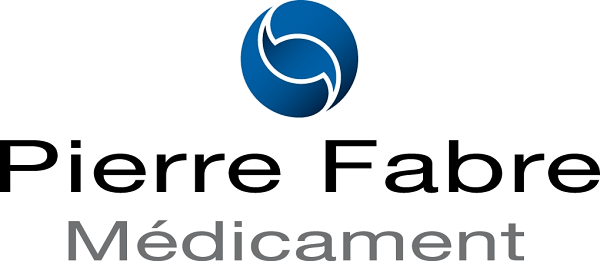Konference: 2007 49th ASH Annual Meeting - účast ČR
Kategorie:
Maligní lymfomy a leukémie
Téma: Postery
Číslo abstraktu: 2441
Autoři: prof. MUDr. Jaroslav Čermák, CSc.; Ing. Ota Fuchs, CSc.; Mgr. Dana Provazníková, Ph.D.; prof. Ing. Kyra Michalová, DrSc.; MUDr. Dana Mikulenková; RNDr. Jana Březinová, Ph.D.; prof. MUDr. Pavel Klener, DrSc.
EVI1 proto-oncogene located on human chromosome 3q26 has been
repeatedly described as an important gene involved in pathogenesis
of human acute myeloid leukemia or myelodysplastic syndrome (MDS).
EVI1 encodes a nuclear DNA binding protein and its abnormal
expression in immature hematopoietic cells leads to altered
proliferation and differentiation of both erythroid and myeloid
lineages. In our study, an incidence and prognostic relevance of
EVI1 expression was studied in a group of 62 patients with
different subtypes of primary MDS. EVI1 expression was detected
using semiquantitative RT-PCR on samples obtained repeatedly from
bone marrow and peripheral blood of patients or healthy controls.
The results for individual cDNAs corresponding to the amounts of
individual EVI1 mRNAs were related to the amount of standard
housekeeping constitutively expressed GAPDH (glyceraldehyde
3-phosphate dehydrogenase). Abnormal EVI-1 expression was found in
12 out of 62 patients (19%). The distribution of positive patients
according to the WHO classification was: RA-2, RCMD-3, 5q-
syndrome-1, RAEB I.-3, RAEB II.-1, sAML -2, that represented 0%
(RARS,CMML), 17% (RCMD,RAEB II.), 18% (sAML), 30%(RA,5q-syndrome)
and 33% (RAEB I.) of all patients studied. Only 2 out of 12
patients with abnormal EVI-1 expression had abnormalities of
chromosome 3. confirmed by mFISH, 2 patients had complex karyotype
abnormalities involving chromosome 11. Five out of 50 negative
patients had complex abnormalities including loss of chromosome 3.
in 1 patient and abnormities of chromosome 11. in 2 patients. No
significant difference in median survival and rate of leukemic
transformation was observed between both the groups (25,0 months
and 33% in EVI1 positive group vs. 15,3 months and 28% in EVI1
negative group, P=0,35). Nevertheless, in four EVI1 negative
patients with RCMD or RAEB I. an abnormal EVI1 expression occurred
repeatedly at the time of progression to RAEB I.or RAEB II. All
these patients subsequently died on refractory AML. Our results
suggest that abnormal EVI1 expression may play role in early MDS
(eg. by impairment of erythropoiesis due to blocking of GATA-1
dependent transcription) as well as in advanced MDS (eg. by
stimulation of proliferation and alteration of differentiation of
myeloid precursors by inhibition of TGF or IFN signalling pathway).
This may be an explanation for limited prognostic relevance of
abnormal EVI1 expression in MDS patients in our study. However, a
novel occurrence of EVI1 expression in the course of the disease
might serve as an additional adverse prognostic factor.
Abstract #2441 appears in Blood, Volume 110, issue 11, November 16,
2007
Keywords: EVI1|Myelodysplasia|Prognosis
Disclosure: No relevant conflicts of interest to declare.
Sunday, December 9, 2007 6:00 PM
Session Info: Poster Session: Myelodysplastic Syndromes: Molecular
Biology and Pathogenesis (6:00 p.m.-8:00 p.m.)
Datum přednesení příspěvku: 9. 12. 2007





